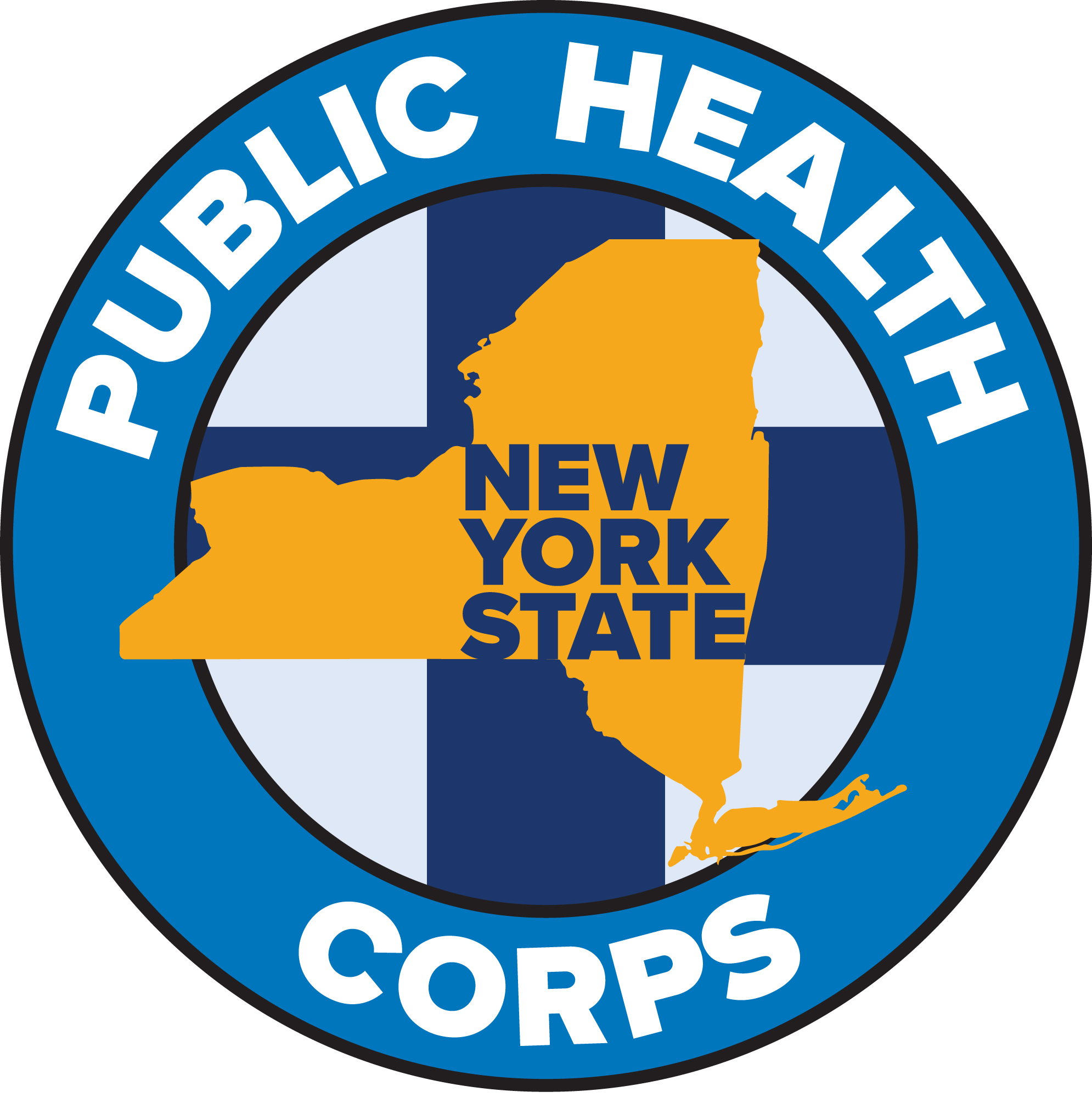1:00-1:30pm ET
PFAS Treatment Requirements in New Jersey
This presentation will cover the New Jersey PFAS treatment requirements for water systems, including information on the state’s temporary treatment application process. The common construction permit application deficiencies under a technical review, and pilot study requirements will also be covered. Cory Stevenson, New Jersey Department of Environmental Protection.
1:30-2:00pm ET
PFAS National Primary Drinking Water Regulation Implementation in Kentucky
This presentation will cover the PFAS rule implementation process in Kentucky. Current efforts to provide assistance to water systems with sampling, meeting initial monitoring requirements, and identifying other needs will be discussed. Further discussion will include the powdered activated carbon jar testing project that is underway and strategies to help systems identify the best treatment option. Jackie Logsdon, Kentucky Energy and Environment Cabinet.
2:00-2:30pm ET
Decision Trees for PFAS Mitigation Selection: What to do After PFAS Exceedances Detection
The Arizona Department of Environmental Quality (ADEQ) has developed a tool in the form of decision trees to assist public water systems in making informed decisions to determine the most suitable non-treatment and treatment alternatives for mitigating PFAS. This tool provides step-by-step guidance on what information to collect, what screening tests to perform, and how to select the most technically viable mitigation alternative for a specific situation. Specifically, Tree 1 prioritizes consideration of non-treatment alternatives first, such as connecting to a nearby water utility, developing a new source, or blending sources, since these alternatives typically require lower capital investments and reduced operation and maintenance costs. If not treating is not possible for the utility, then Tree 2 helps with the general selection of best available treatment options. Trees 3 through 5 then help further analyze the use of each type of treatment (GAC, IX, and RO). Finally, Tree 6 evaluates simultaneous compliance and applies to both non-treatment and all three treatment options. ADEQ recommends using this tool very early in the planning stages, after PFAS exceedances are detected and when a system is starting to consider compliance options and conceptual design, in order to set the foundation for the future steps of evaluation of the selected alternative, cost analysis, detailed design, and eventually permitting. The purpose of this tool is not to require one specific approach, but to support systems in determining the most appropriate path forward. Jasmina Markovski, Arizona Department of Environmental Quality.
2:30-3:00pm ET
30-Minute Break
3:00-3:30pm ET
PFAS Breakthrough and NOM Effects from Pilot-Scale AEX Columns
This presentation will provide insight into the effects of natural organic matter (NOM) on PFAS removal by anion exchange resins. Pilot-scale fixed-bed columns with PFA694E (a strong-base, gel resin) were used to observe PFAS breakthrough with and without NOM at four empty bed contact times (EBCTs; 0.5-, 1.0-, 1.5-, and 2.5- min) with stable influent conditions of known water quality. An ion exchange column model (IEX-CM) was applied for parameter optimization and simulating PFAS effluent concentrations for comparison with experimental data. Apparent non-adsorptive removal of GenX with increasing EBCT and in the absence of NOM will also be discussed. Samantha Smith, EPA Office of Research and Development.
3:30-4:00pm ET
EPA’s Open-Source Treatment Performance Modeling Tools for PFAS Treatment
This presentation will highlight EPA’s freely available open-source treatment performance modeling tools for granular activated carbon (GAC) and ion exchange (IX) treatment unit operations. The functionality and capabilities of each of the available tools will be highlighted and discussed with an emphasis on predicting the removal of Per- and polyfluoroalkyl substances (PFAS). AdDesignS is a graphical user interface (GUI) for modeling GAC treatment, and two new GUIs for IX and GAC will be discussed. Advanced modeling capabilities with Python-based functions will also be highlighted, which includes automatic data fitting from pilot results for GAC applications. This talk will highlight the availability of these tools, where to find the models and some associated data that the models need. Jonathan Burkhardt, EPA Office of Research and Development.
